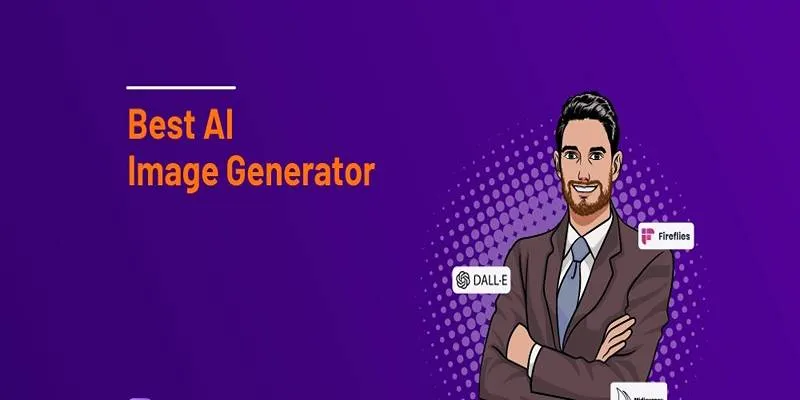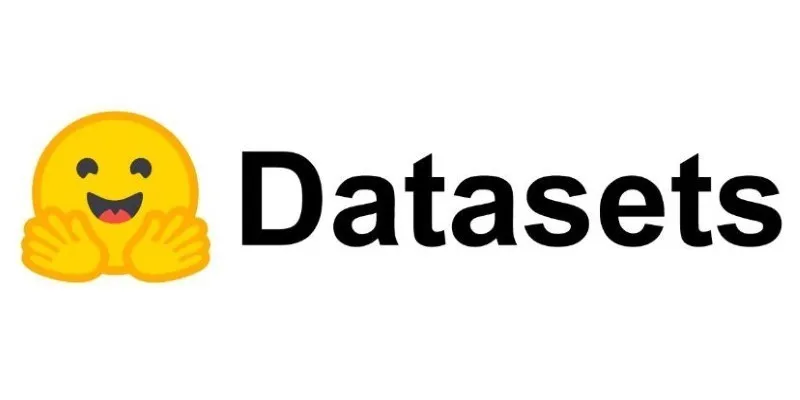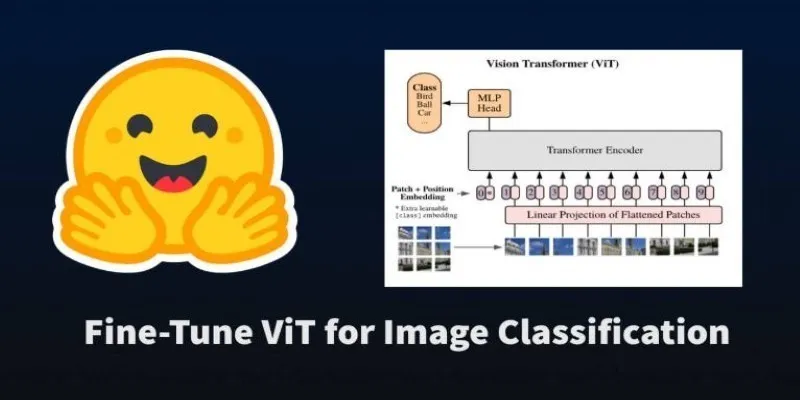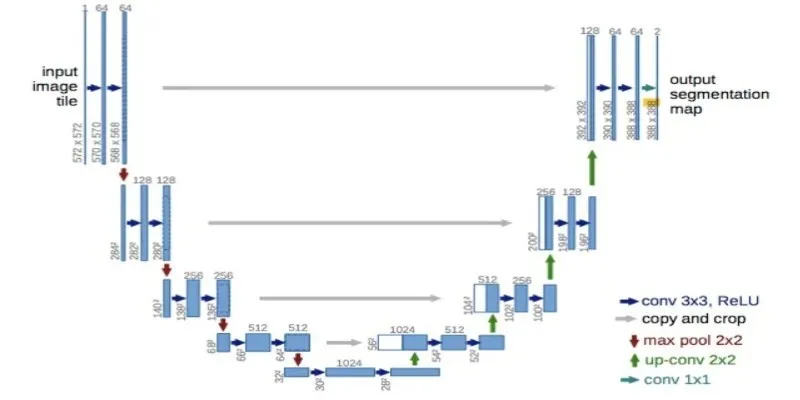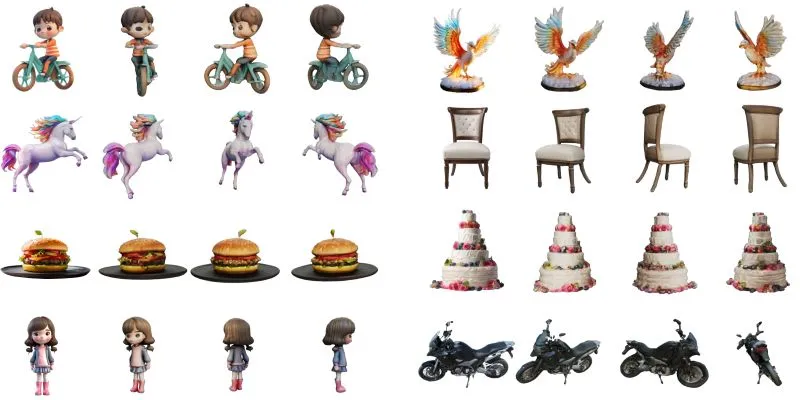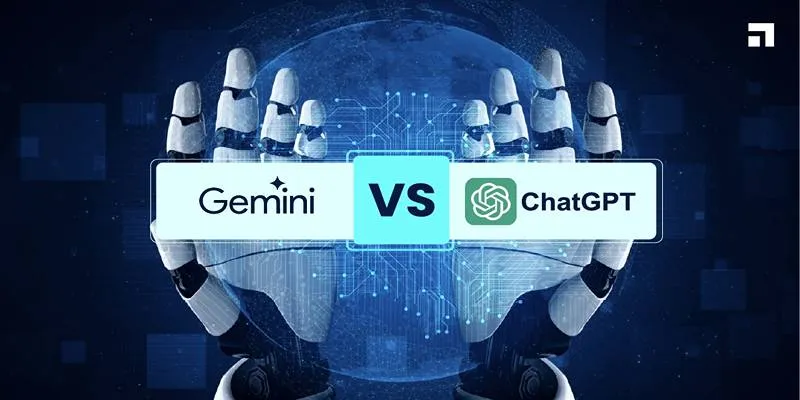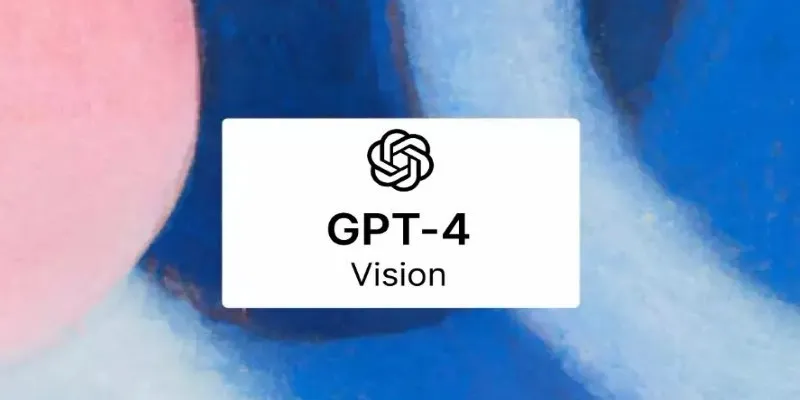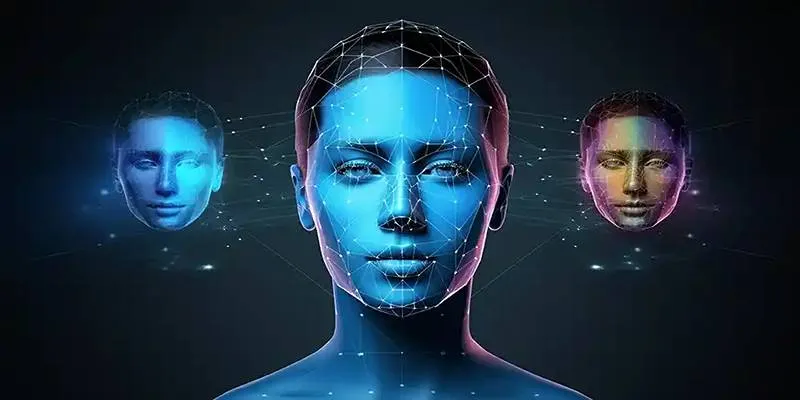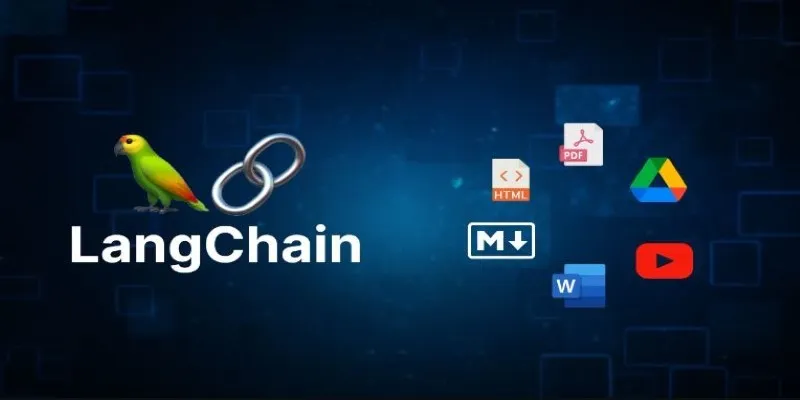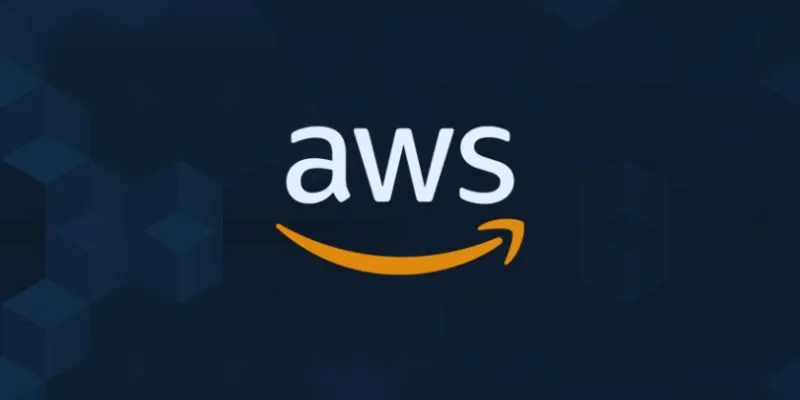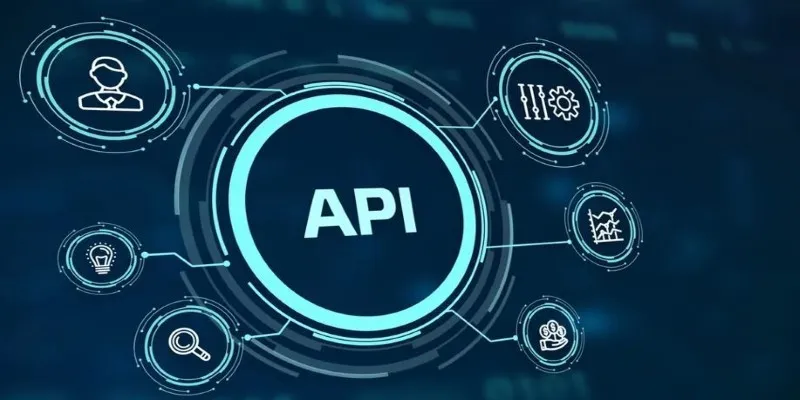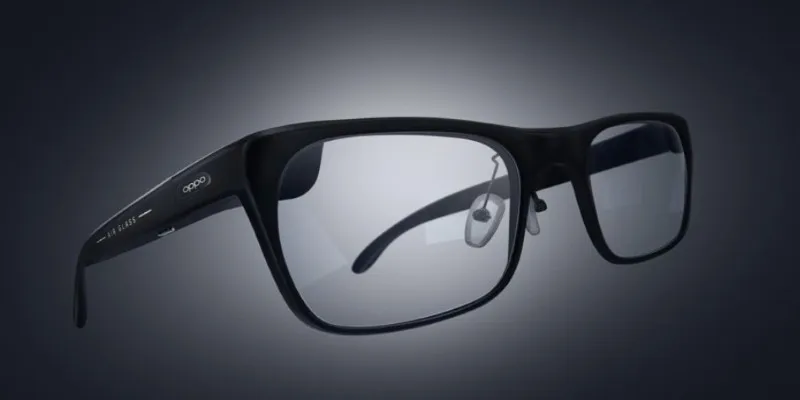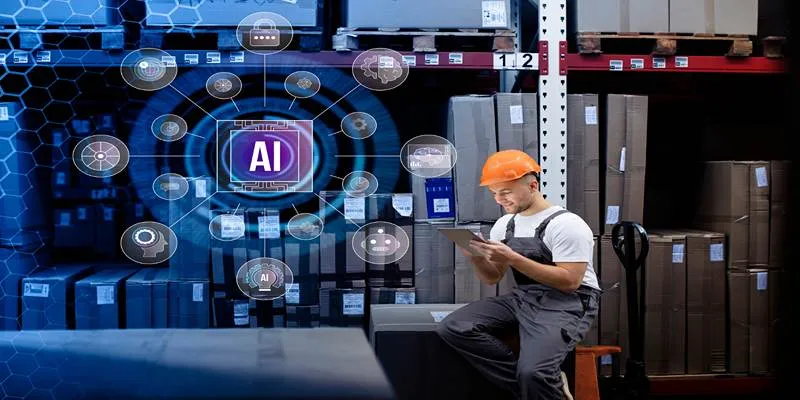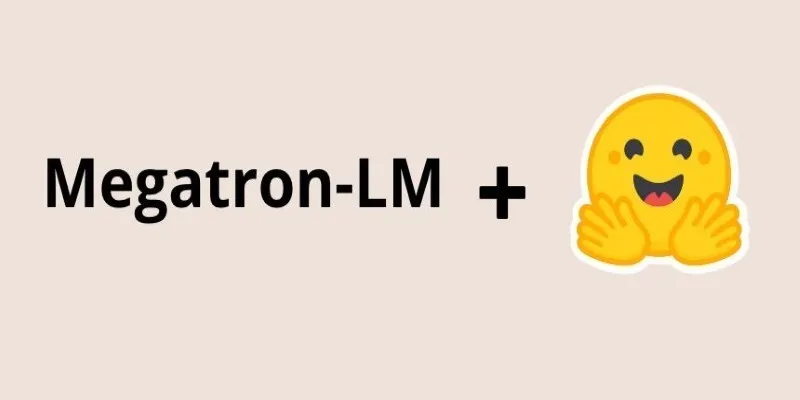Image segmentation is the process of dividing an image into distinct regions to identify and separate different objects or areas. It’s widely used in fields where precise identification of features is crucial, such as healthcare and geospatial analysis. One of the leading methods for this task is U-Net, a convolutional neural network architecture designed to deliver accurate, pixel-level segmentation.
Its name comes from its characteristic U-shaped structure, which enables it to learn both contextual and detailed information effectively. Originally created for medical imaging, U-Net has since found applications in many domains, thanks to its balance of simplicity and precision.
How Does U-Net Work?
The success of U-Net largely stems from its clear and well-thought-out structure. The architecture has two paths: a contracting path that encodes the image and an expansive path that decodes it back to the original size. In the contracting path, the network applies layers of convolution and pooling, reducing the image’s spatial dimensions but increasing the depth of feature maps. This allows the network to capture the broader context and abstract patterns within the image.
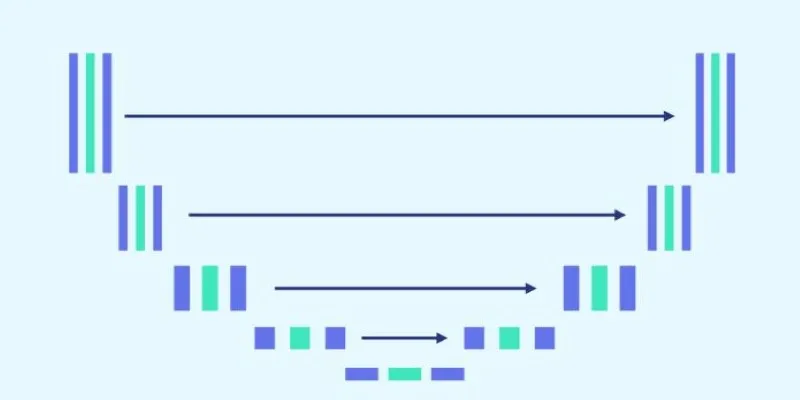
The expansive path then reconstructs the image’s resolution by upsampling the feature maps through transposed convolutions. This step restores the image size while preserving learned information. A defining element of U-Net is its skip connections, which link each level of the contracting path directly to its counterpart in the expansive path. These connections carry over fine-grained spatial details that might otherwise be lost during pooling. This dual flow — learning global patterns while preserving local details — enables U-Net to segment objects accurately, even in cases where boundaries are faint or complex.
Another key aspect is that U-Net can work with images of various sizes by padding or cropping, making it adaptable for different datasets. Its architecture is relatively shallow compared to modern networks but achieves high accuracy due to its effective use of information at multiple scales.
Advantages of U-Net
One of the main reasons U-Net remains widely used is its ability to perform well even when the amount of annotated training data is small. Many segmentation tasks, particularly in medicine, involve datasets where labeling is difficult, time-intensive, and expensive. U-Net addresses this limitation with extensive data augmentation and its architecture, which learns to generalize effectively from fewer examples.
The skip connections give U-Net an edge in maintaining sharp, well-defined object edges. This is especially valuable in medical or industrial settings, where the difference between regions can be subtle, and boundaries are often irregular. While many networks tend to blur or miss such details, U-Net produces clean and precise segmentation masks.
Another strength is its computational efficiency. U-Net can be trained on modern GPUs without requiring excessive memory or very long training times, which makes it a practical choice for researchers and engineers. It achieves a strong balance between accuracy and resource demands, which is one reason it has seen widespread use across disciplines. Its relatively simple structure also makes it easier to implement and modify compared to more complex models.
Applications of U-Net
Although originally developed for biomedical applications, U-Net’s ability to produce detailed and reliable segmentations has led to its use in a wide range of fields. In healthcare, U-Net aids doctors and researchers by accurately segmenting organs, tumors, lesions, and blood vessels in medical scans such as MRI, CT, and ultrasound. These segmentations support diagnosis, treatment planning, and monitoring disease progression.
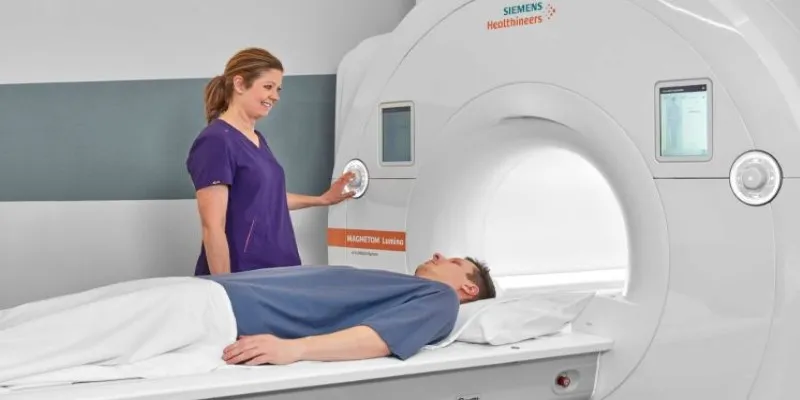
In earth observation and mapping, U-Net has proven effective for segmenting satellite and aerial images. It can identify land use types, detect roads and buildings, and analyze agricultural fields. Farmers use segmentation results to monitor crops and identify areas that need attention, while urban planners rely on it for assessing land development.
In manufacturing, U-Net assists in detecting flaws or inconsistencies in products by segmenting areas of interest during inspection. This allows industries to maintain high standards and catch defects early. Beyond these practical uses, U-Net is also popular in creative applications, such as separating backgrounds in photos or videos and creating masks for special effects in film editing.
Its adaptability has allowed researchers and engineers to use it in various niche domains as well, from environmental studies to wildlife monitoring, where pixel-level accuracy can make a significant difference.
Challenges and Future Directions
While U-Net has many strengths, it still faces challenges. Segmenting objects that are much smaller than the surrounding background or distinguishing between areas with very subtle differences remains difficult. In images with high levels of noise or artifacts, U-Net’s accuracy can drop. Efforts to improve its performance have resulted in many variants that build on its design. Some include attention mechanisms that allow the network to focus more effectively on relevant parts of the image, while others integrate deeper feature extractors or more sophisticated skip connections.
There is also a growing interest in making U-Net even more efficient for use in real-time scenarios. Applications like autonomous vehicles or on-device diagnostics require models that are faster and lighter without sacrificing accuracy. Researchers are experimenting with compressed versions of U-Net and exploring hybrid approaches that combine U-Net with newer techniques, such as transformers, to handle more complex tasks.
These directions show how the basic principles of U-Net continue to inspire new designs, keeping it relevant even as the field of image segmentation evolves.
Conclusion
U-Net has become a standard approach for image segmentation due to its accuracy, efficiency, and ability to work with limited training data. Its U-shaped structure, which captures both the overall context and the fine details of an image, is what makes it so effective in producing clean and precise segmentations. From identifying tumors in scans to mapping cities from satellite images, U-Net has proven its usefulness in many areas. Its simplicity allows it to be easily adapted, yet it remains powerful enough for complex tasks. As research advances, U-Net and its successors are likely to remain at the heart of image segmentation for years to come.
 zfn9
zfn9


